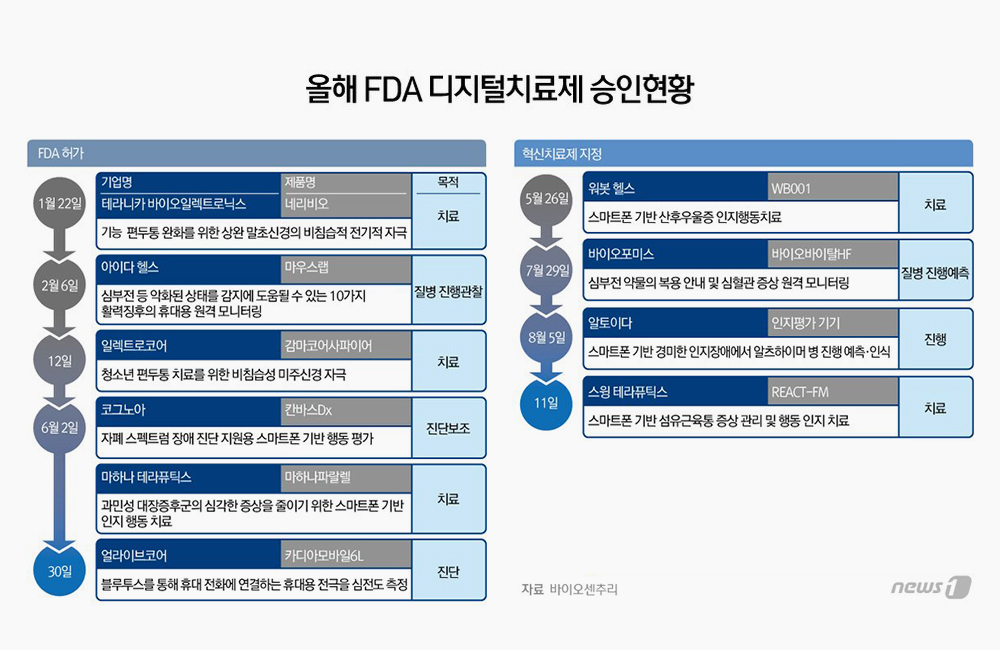John Glaser, an executive in residence at Harvard Medical School, and Ranil Herath, president at Emeritus Healthcare, address healthcare’s digital transformation and how to successfully adapt to it.
Healthcare organizations face enormous challenges in employing digital technologies to transform the way they provide services and fulfill their mission. Some of these challenges are unique to the healthcare industry; others are universal across all industries, though some are way ahead of healthcare in addressing them.
In this article we acknowledge those challenges and recommend a better way for healthcare executives to meet them.
Transformation has barely begun
“Digital transformation” seems to be everywhere, as apps, streaming and cyberspace generally take over every aspect of modern life. Casual observers (especially those who are relatively healthy and not managing a chronic illness) might think that healthcare has already made its digital transformation, as they log into a patient portal to review their medical records, see their doctor via telehealth, or scan a QR code to order a prescription refill.
But those in the industry know better — they see that fax machine on the back counter and the tedious manual processes that lurk in every corner of even the “most wired” hospitals and clinics. While digital healthcare technologies do all kinds of tasks, their users are continually frustrated by how poorly those technologies work together, and how difficult it is to extract needed data, much less combine data from multiple sources to achieve the insights they need to function day-to-day. Industry news and the medical literature abounds with accounts of IT-related clinician burnout.
Patients who entrust every other aspect of their lives to smartphone apps still find themselves sitting on hold to make an appointment or talk to a nurse, or filling out a paper form with information that the provider already has digitized in multiple places. The more often they need care, the more frustrated they are.
While the U.S. healthcare system has some unique challenges because of the idiosyncratic way it’s organized and paid for, many of its digital transformation challenges are common to healthcare globally. The level of digital healthcare sophistication varies wildly among countries depending on their size, wealth and degree of health system centralization, but most providers worldwide have a long way to go. At the same time, nontraditional players that know technology — for example Amazon, with its recent acquisition of the primary care company OneMedical, or telehealth providers like BetterHelp that offer psychotherapy on demand — threaten to use that expertise to poach patients and income streams from traditional providers struggling to catch up.
Healthcare is a complicated but very personal industry that’s populated with impressively skilled and caring professionals who work miracles every day. At the same time, it’s a broken and confusing system, particularly in the U.S. While its problems go beyond technology, there are problems that technology can solve. The opportunity to give providers a complete clinical picture of their patient on demand, or to apply artificial intelligence to generate new insights from our mountains of medical data, is incredibly exciting. And scary.
Work in progress
At least in the U.S., it’s the rare healthcare leadership team that hasn’t been through at least one major digital transformation already. Mass adoption of electronic health records, fueled by generous government subsidies, took place between 2010 and 2016. Most providers have probably implemented several iterations of their patient portal by now, and many had to ramp up telehealth during the COVID-19 pandemic.
How is all that working out? Boston Consulting Group has estimated that across all industries, only about 30% of digital transformation efforts are clearly successful. Seven times out of 10, the transformations don’t achieve the results the organization was counting on. By some estimates, the failure rate for health IT implementations is even more dismal, though that’s partly because the definition of “success” is complex and keeps shifting as technology improves and raises users’ expectations.
Evaluating and adopting new digital tools remains a complex and high-risk venture for healthcare executives, with millions or sometimes even billions of dollars at stake, not to mention the lives and health of their patients.
Understanding digital transformation
What qualities separate the 30% of successful digital transformation projects from the 70% that disappoint?
Expertise at digital transformation is usually hard won, no matter which industry we’re talking about and no matter who’s in charge of the transformation effort. That’s because technologists often don’t understand the nuances of an industry, and industry experts don’t understand nuances of the technology. Meshing those two areas of competence is challenging and difficult to get right on the first try — or even the fifth or sixth.
Decision-makers have to understand the technology — not at the level of bits and bytes, but at the functional level that they may understand their smartphone. They have to understand their industry’s business model and how the technology may enable it or change it. (This aspect is particularly difficult in today’s climate, where technology is changing many business models before our eyes.) And they have to understand, and identify ways to improve, how their organization handles change.
With “digital transformation,” the “transformation” part must come first. How do you need to transform, and how can digital technologies help you do that? Putting things in this order helps protect organizations from what we call “shiny object syndrome,” where someone sells them on an AI-enabled application or blockchain, but they don’t have a clear idea of why they need those things and are simply driven by a fear of falling behind.
Another reason digital transformations fail is that organizations regard them as projects, which implies that they have a beginning and an end. Technology adoption has to be iterative. By the time you’ve finished a “project,” the underlying technology and competitive environment may have changed, maybe several times. Transformation is not a project: It’s an attitude, a never-ending journey.
Another factor is lack of boldness. Transformation is by definition dramatic and not incremental, but some organizations pursue incremental improvement and let competitors blow by them. By the time their competitors have demonstrated the transformative power of a technology, they are stuck playing catch-up.
Managing change — or not
Too much caution and not enough transformation can happen when an organization isn’t good at managing change, and isn’t good at experimentation. Both of these things require practice, and they require a plan. It’s like running a marathon; if you don’t train well and methodically, you’re not going to complete the race and you may hurt yourself along the way.
Organizations often aren’t honest with themselves. Their leadership can’t admit the organization isn’t good with change. You have to be candid about it before you can fix it. Maybe you have to help your people retrain and re-imagine themselves. Maybe you have to hire different people. Maybe you can benefit from engaging consultants. Maybe you can tap the expertise of a tech giant like Google or Amazon.
Sometimes you’re too early and the technology is too rickety to support your strategy. Sometimes you’re too late and your competitors have lapped you. How do you assess the maturity of the technology and the readiness of your technological architecture to accommodate it?
Do you have good governance for managing change? Organizations with good change-management governance can always answer these questions:
Where do we make transformation decisions about direction, budgets, technologies and priorities?
Why are we going to try this change?
How will we know if it’s working?
How will we realize value from it?
If it fails, do we have a plan for putting it out of its misery?
It’s never been more important for healthcare leaders to understand how to use digital technologies to make fundamental transformations in how their organizations operate — from the clinic and the bedside, through the back office to the patient’s home. And while it’s possible to pick up that understanding through bitter experience, there are less painful, less expensive and more efficient ways.









